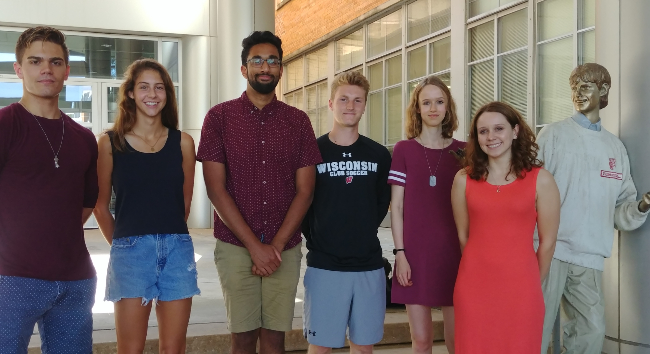Central Venous Catheter Placement Device
This project has been secured to protect intellectual property.
Login for More InformationProject Overview
Central venous catheters, also known as central lines, are large hollow venous access devices that are placed into central veins which feed almost directly into the heart. They are typically used for high volume trauma resuscitations, dialysis, chemotherapy, or administration of powerful intensive care medications. Most patients who receive central lines intend to stay for weeks to years in the hospital.
Placement of a central line typically involves a clinician inserting a needle into a central vein under ultrasound guidance, guiding a wire through the needle, then inserting the line over the wire; this is known as the Seldinger Technique. This highly delicate procedure unfortunately comes with many difficulties. A single surgeon must properly locate, identify, and cannulate the vein. The surgeon must then maintain sufficient pressure on the syringe while holding the needle in place and threading the wire. Finally, the surgeon must grip the wire with one hand while threading the catheter line over it. Each of these steps is cumbersome, awkward, and requires high precision and focus. There is little room for error, and time is a factor.
Creation of a device that further simplifies the process would be highly beneficial to medical staff and patients. The device must mechanistically perform a central venous catheterization in the internal jugular (IJ) vein by maintaining suction on a standard 5 mL, 18-22 gauge syringe for aspiration, employing a needle stabilizer effective for variable angle placements, and passing a variable-size wire through a central vein. It must be compatible with CVC sizes from 2.5Fr to 12Fr and single to triple lumen. The device must consistently and accurately locate the intrajugular vein on patients of various sizes and health statuses. It must be ergonomic and operable by a single surgeon trained in the Seldinger placement technique. It will increase the efficiency of central venous catheterization by aiding the surgeon in placement of the needle and guidewire to reduce operative time for the patient and clinician.
Image

Contact Information
Team Members
- Samuel Crowell - Team Leader
- Scott Schulz - Communicator
- Ani Srinivasan - Co-BSAC
- Nicholas Goetz - Co-BSAC
- Laura Vergenz - BWIG
- Allie Levin - BPAG
Advisor and Client
- Prof. Randolph Ashton - Advisor
- Dr. Christopher Vandivort - Client
Related Projects
- Spring 2020: Central Venous Catheter Placement Device
- Fall 2019: Central Venous Catheter Placement Device
- Spring 2019: Central Venous Catheter Placement Device
- Fall 2018: Central Venous Catheter Placement Device
